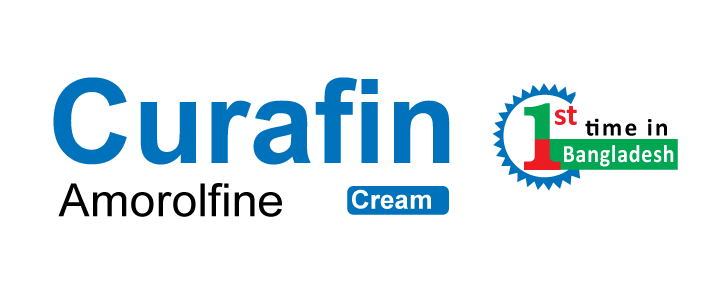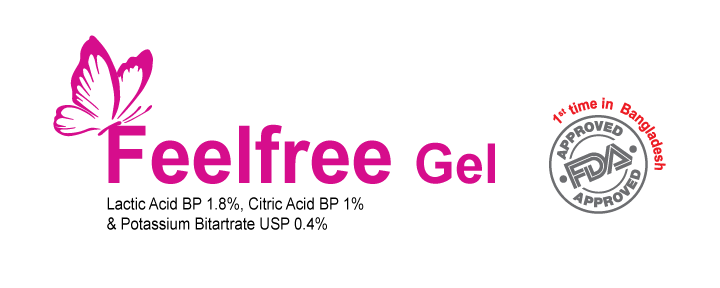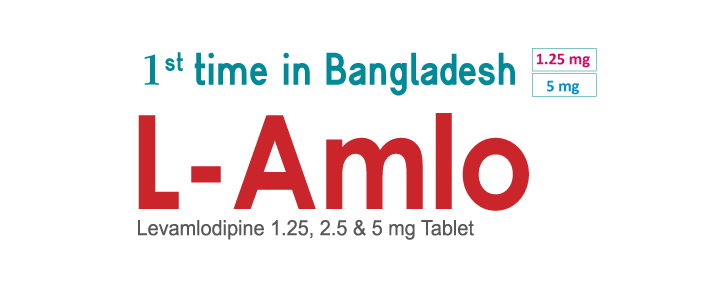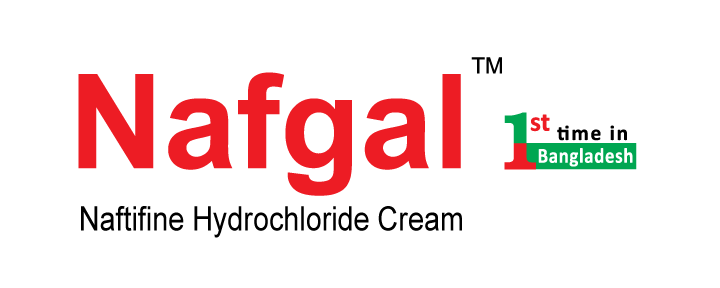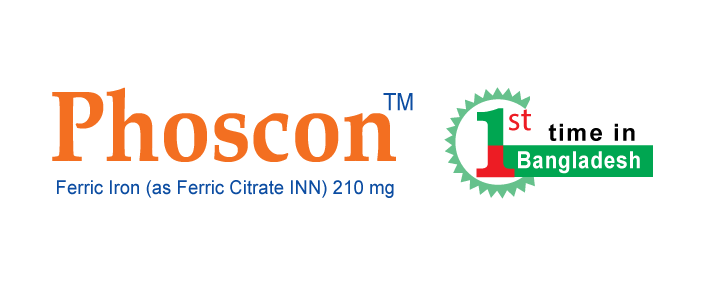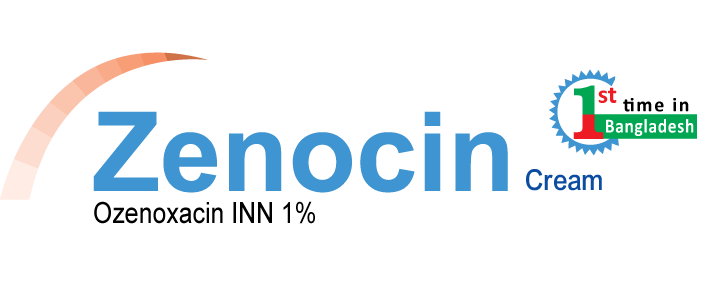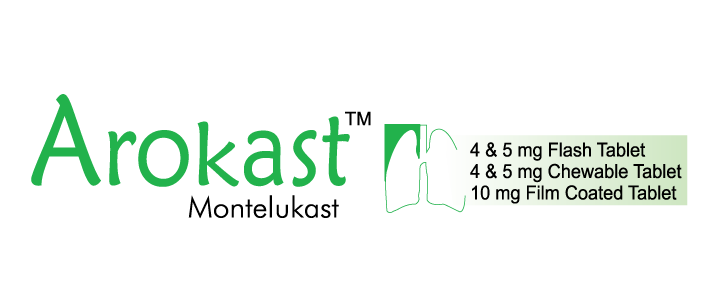Human Health Division (HHD) Products
Product List by Generic Name
Ibandronic Acid INN 150 mg
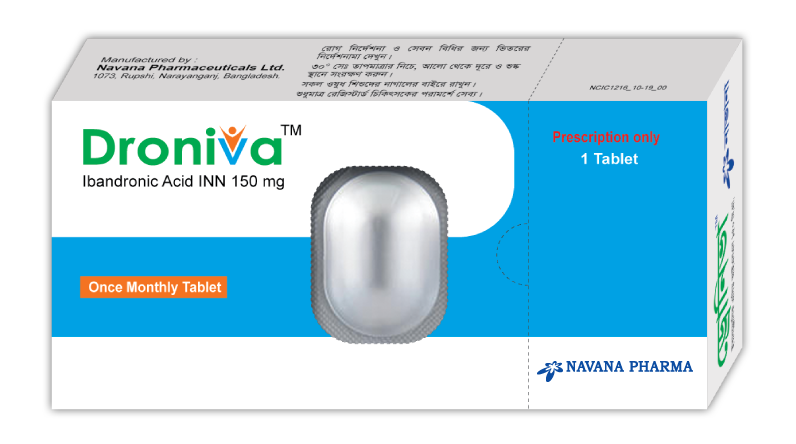
Composition:
Each film-coated tablet contains Ibandronate Monosodium Monohydrate INN equivalent to Ibandronic Acid 150 mg.
Indications
Droniva is indicated for the treatment and prevention of osteoporosis in postmenopausal women. Droniva increases bone mineral density (BMD) and reduces the incidence of vertebral fractures.
Dosage & Administration
The dose of Droniva is one 150 mg tablet once monthly on the same date of each month or as directed by the physician.
Itopride Hydrochloride
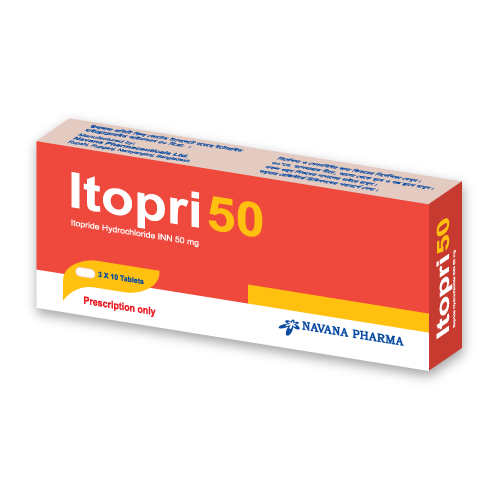
Composition
Itopri 50 Tablet: Each film coated tablet contains Itopride Hydrochloride INN 50 mg.
Indications
Itopride Hydrochloride is used in the treatment of gastrointestinal disorders like dyspepsia, bloating, upper abdominal pain, anorexia, heartburn, nausea and vomiting.
Dosage & Administration
Adult: Recommended dose 50 mg three times a day before meal or as directed by the physicians.

